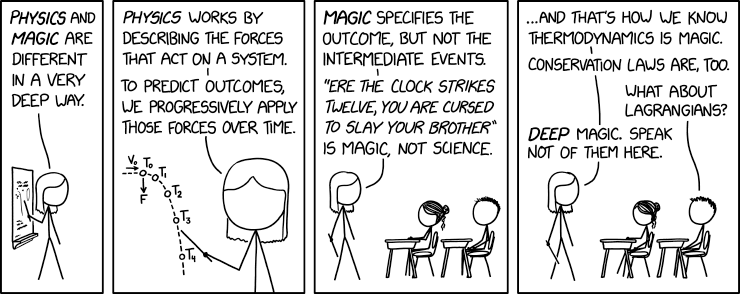How the Michelson and Morley experiment was reinterpreted by special relativityThey note how relativity textbooks describe M-M as being crucial for relativity, and discuss whether this is historically accurate. It includes some interesting history, but omits the most important pieces to the puzzle.
Einstein's 1905 paper does not mention M-M. Later on he admitted that M-M was crucial for special relativity, but denied that he paid any attention to it.
FitzGerald, Lorentz, Poincare, and Minkowski all described relativity as a consequence of M-M. This paper does not even mention Poincare or Minkowski. It discusses Einstein a lot.
A paper on the influence of M-M on relativity should primarily be on those who were influenced, not Einstein.
In the years immediately following the M-M experiment, there was no inclination to conclude that the ether was non-existent, nor that the speed of light was constant even though the light source was in motion relative to the ether. Moreover, no one thought that the principle of relativity - the equivalence of all inertial frames of reference for the description of electromagnetic phenomena- would be confirmed. Nor did anyone think the hypothesis that the speed of light was invariant, that is, the same in any inertial frame of reference, would be confirmed.1 What exactly did this experiment confirm or refute?Not true. In those years, Lorentz and Poincare did say that the speed of light was constant, and Einstein got that postulate from Lorentz. Poincare did say that the principle of relativity was confirmed, and Einstein got that terminology from him.
Lorentz did think that M-M refuted the aether motion theories.
M-M does not actually refute the aether. Belief in the aether is consistent with relativity. Einstein said so himself. M-M just refuted the idea that the Earth had a measurable motion against the aether.
As is well known, FitzGerald in 1889 and independently Lorentz in 1892 proposed a different interpretation. They argued that the experiment refuted the hypothesis that the length of the arms of the instrument remained unchanged when it was in motion relative to the ether, a tacit assumption of the M-M experiment. They then formulated the hypothesis that the length of rigid bodies that move with respect to the ether is not invariant, but rather contracts in the direction of motionThat's right. They saw the M-M as finding that measuring the speed of light did not depend on the frame of reference, and used that to deduce the Lorentz transformation.
It was similar to what Einstein did in 1905, except that Einstein did not use the M-M, but rather what Lorentz had deduced from Maxwell's equations and M-M -- that the speed of light is constant and appears the same in different frames.
At the time Einstein formulated it, it was the only explanation of the M-M experiment that was compatible with all known phenomena about the propagation of light, such as stellar aberration, Fizeau's experiment, and many others.28No, that was all done by Lorentz in 1895. Lorentz even got a related Nobel Prize in 1902. Einstein did not attempt to explain M-M at all. You might say that Einstein was trying to give a recapitulation of Lorentz's 1895 theory, without mentioning M-M or other experiments.
The contraction hypothesis is usually considered to be purely ad hoc since it was proposed solely to accommodate the result of the M-M experiment in order to save the quiescent ether hypothesis from refutation. This affirmation is debatable and depends on what is understood by the concept of an ad hoc hypothesis.13Here, "ad hoc" means deduced from M-M or other experiment. A theory is not ad hoc if it abstracts out principles from the experiment. There are some anti-positivist philosophers who consider ad hoc to be a bad thing.
The M-M really was crucial for relativity. Those who discovered the Lorentz transformations and spacetime all said so.


